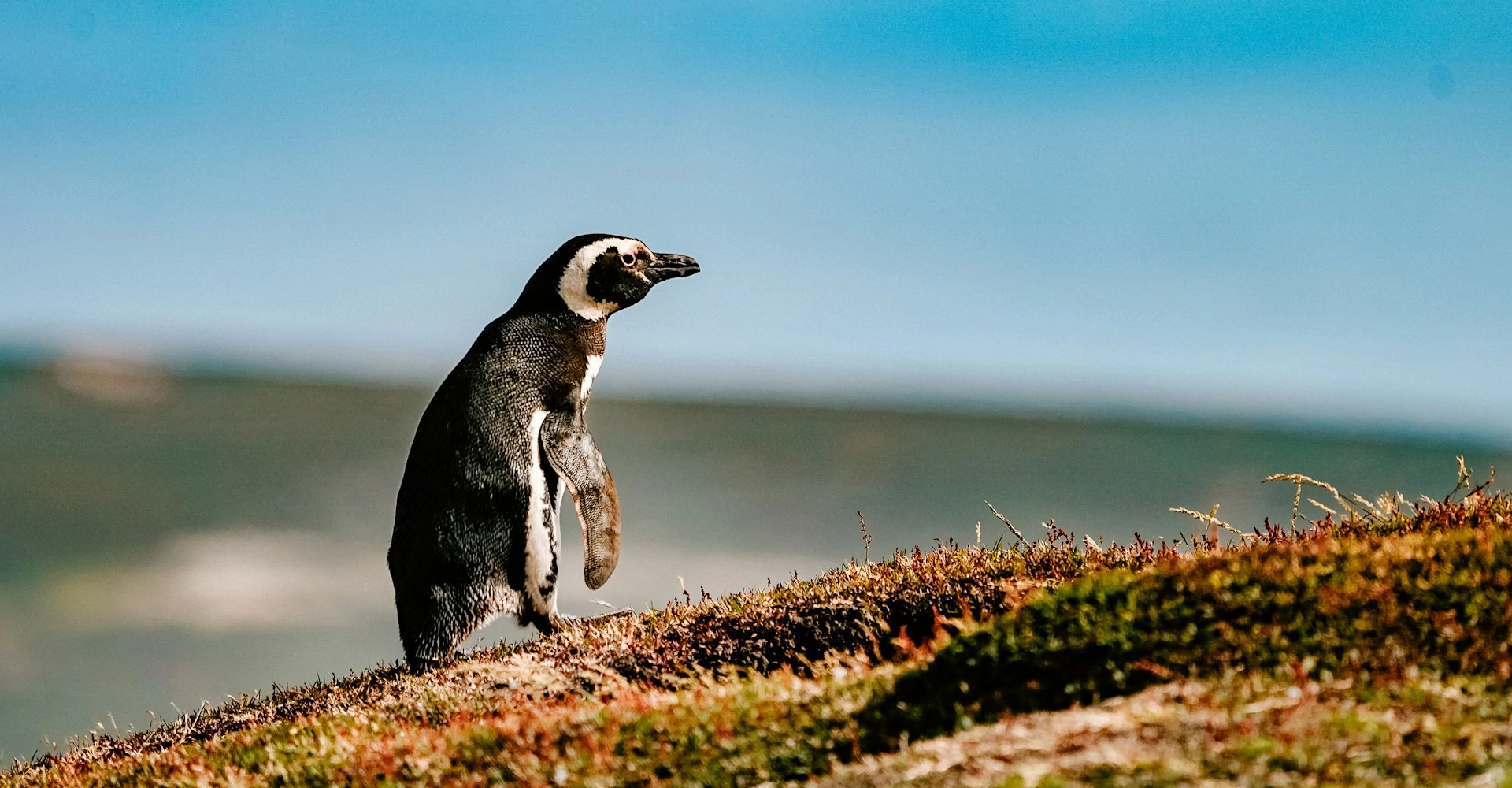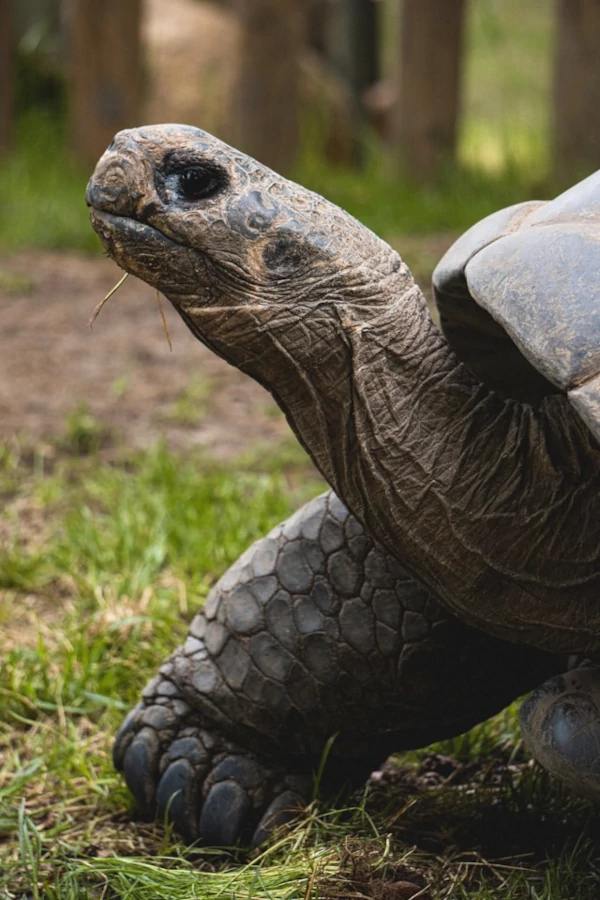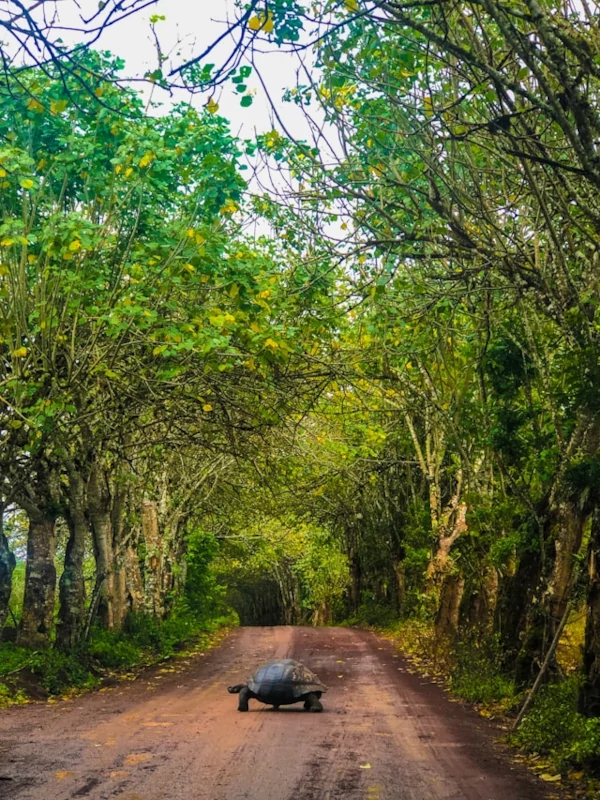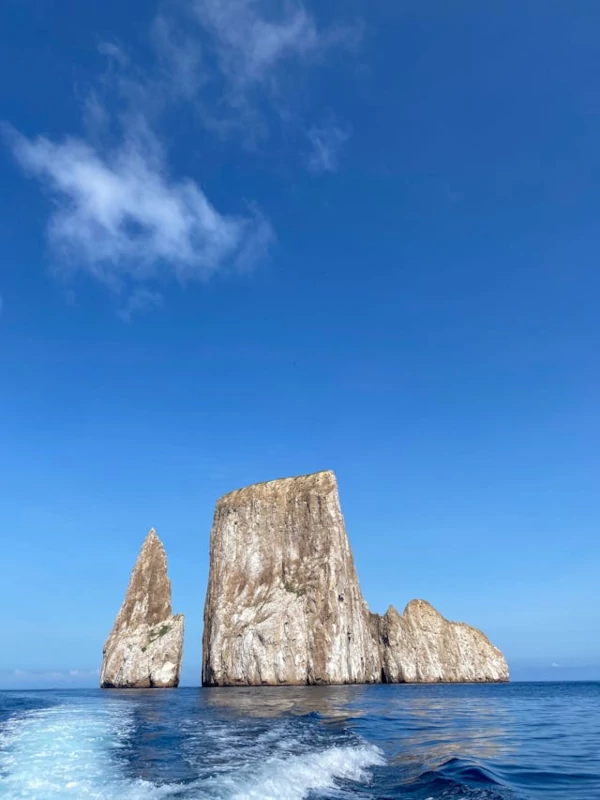Galápagos National Park, Ecuador's first national park, covers 97% of the land area of the Galápagos Islands, which is around 7995.4 km². The remaining 3% is distributed among the inhabited areas of the islands. One of the most remarkable aspects of the park's biodiversity is its endemic species, which have evolved in isolation on the islands. These include the famous Darwin's finches, whose diverse beak shapes reflect their specialized diets and demonstrate the process of adaptive radiation. Additionally, the Galapagos mockingbirds and lava lizards are prime examples of species found exclusively within the archipelago, contributing to its unique ecological heritage.
The convergence of warm and cold ocean currents further enhances the diversity, making Galapagos a hotspot for marine life enthusiasts and researchers alike. Protecting this extraordinary biodiversity is paramount, and conservation efforts within the park aim to ensure the long-term survival of these unique species and ecosystems for future generations to appreciate and study.










